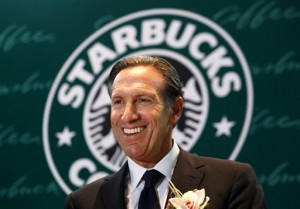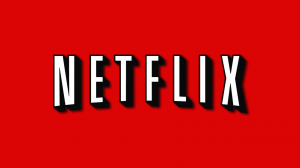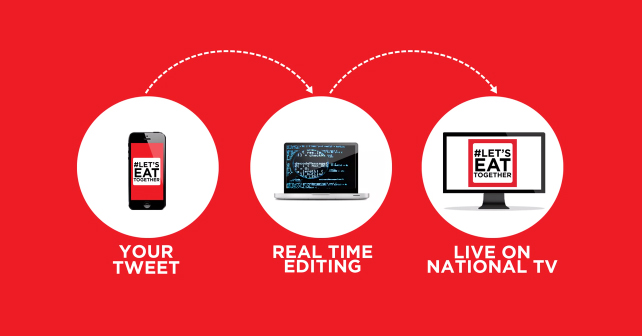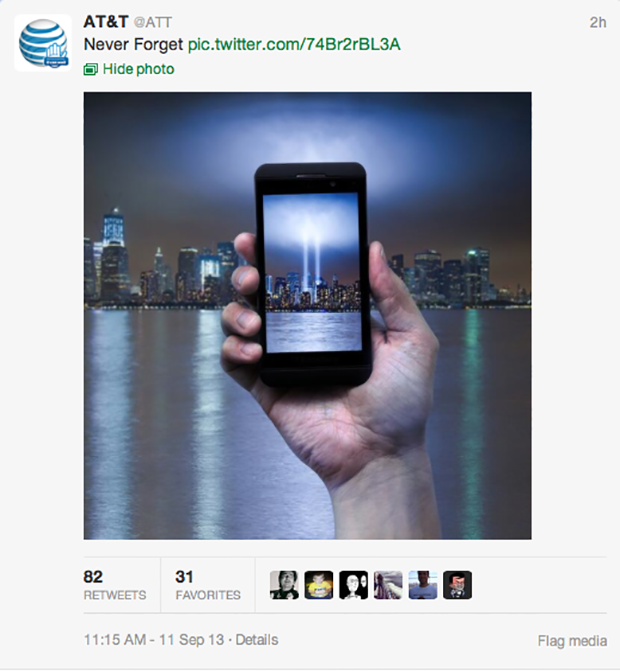In Comm 101 we’ve heavily discussed entrepreneurship and the challenges that come with it, as well as start-up businesses and the strategies that should be put in place to optimize success. Zach Berman and Ryan Slater are two young entrepreneurs with a classic entrepreneurial story.
Two years ago, with little background experience, the two 24 year-olds started selling juice out of a truck in Gastown. Their business was successful, and they have now expanded to create a bottled juice and juice cleanse business, and are looking towards opening their first retail location and production plant.
The success of their business has been greatly due to their willingness to experiment and learn from their mistakes. They saw their business not only in the present, but also paid close attention to their expectations five years down the road. They invested heavily in the marketing of their company, which has been a big part of their success.
The two entrepreneurs sought out advice from business foundations and mentors. They realized early on that something they should value most is customer input. They made sure to make customer connections and listen to their feedback, something we’ve learned is an important business tool from our Comm 101 discussions. Lee quotes Slater explaining that “it’s important to connect with individuals” (Lee). Lee also mentions that expansion into the juice cleansing market was “following customer feedback” (Lee).
Berman and Slater also realize that their success is not just driven by the quality of their product, but that a good value proposition is important as well. Slater explains that “we want to push our brand to be this health and wellness business rather than just juice-centric” (Lee).
For a good read on an inspiring and delicious entrepreneurial story, read Lee’s Vancouver Sun Article here.










